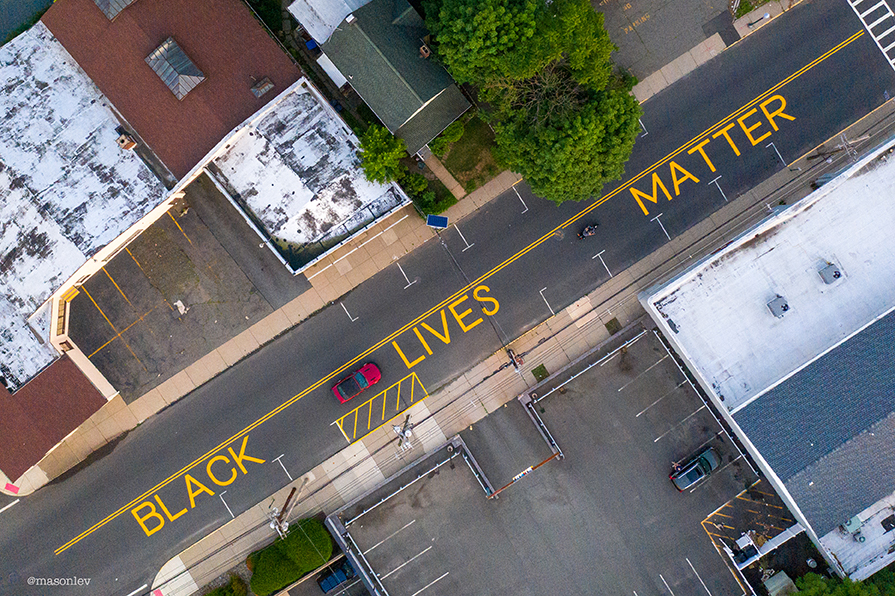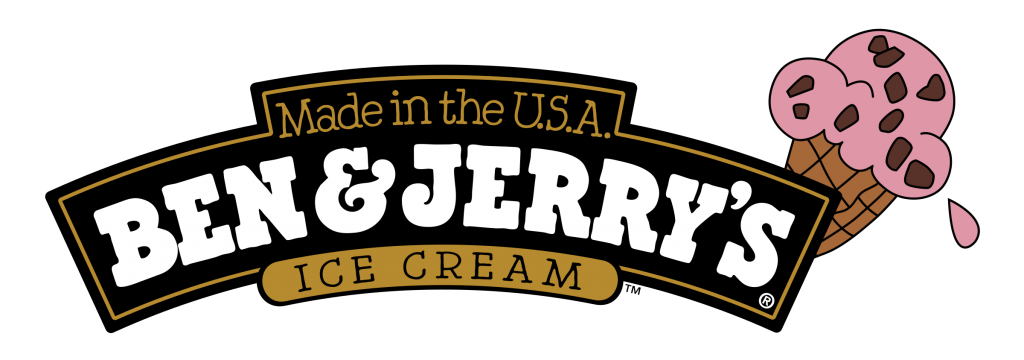#BlackLivesMatter is trending again, nearly seven years after it was created when the person responsible for killing Trayvon Martin was acquitted. Amid protests across the nation, many brands released statements that included the hashtag as a sign of support and several denounced the murders of George Floyd, Breonna Taylor and Ahmaud Arbery — among countless others — as acts of racism.
Some companies gravely missed the mark. Others understood their audience. And, of course, a number of organizations did not speak up at all.

As a 26-year-old Black woman working for an otherwise white boutique PR firm, I bring an underrepresented voice and firsthand perspective to my colleagues and our clients. My alma mater, Howard University, “The Mecca” of historically Black colleges and universities (HBCUs), immersed me in a multifaceted cultural experience. I was trained in one of the top strategic communications programs, which empowered students to navigate rooms where the reality is, there’s a higher chance we’ll be one of few, or the only Black practitioner.
Racism is ingrained in America’s DNA and now, brands are challenged to take accountability in a way that feels unprecedented. Language and anti-Black culture have been used historically as divisive tools, and communications and media play a role in institutionalized racism. As PR strategists, we shape the narrative and tell the story – our power is in our words.
Nickelodeon gets it
One of the first and most powerful responses to the BLM uprising came from Viacom’s Nickelodeon. Their statement was a video of breathing sounds synchronized with the words “I can’t breathe” at the length of 8 minutes and 46 seconds, the amount of time Officer Derek Chauvin’s knee was on George Floyd’s neck. The segment also included an updated version of the company’s Declaration of Kids’ Rights, originally created 30 years ago. To parents who expressed the video was inappropriate and scary for young children, Nickelodeon boldly responded, “Unfortunately, some kids live in fear every day. It’s our job to use our platform to make sure their voices are heard and their stories are told.”
A tragic case in point is Tamir Rice, killed by police at age 12 after a caller reported he was playing with a toy gun in 2014. In order to create real change against racial injustices, everyone needs to understand and be part of the conversation, no one is exempt and Nickelodeon reached the most impressionable, yet most empowered audience in these discussions: children.
Thank you, Nickelodeon.
Below are my thoughts on the best – and worst – practices I’ve seen, as well as tips on moving toward to a truly diverse and inclusive future.
1. Capitalize the “B” in Black – When using a lowercase “b” in black, you are referring to a color, not a race of people. When speaking about a specific race, one with identity and culture, it is usually capitalized. The fight for capitalization, a fundamental piece to recognizing Black people as they are, is not new. In the 1920s, W.E.B. DuBois pushed for “N” to be capitalized in “Negro” and then many publishers, including the New York Times, denied this change until it was ultimately adopted in 1930. On Friday, June 19, the Associated Press AP Stylebook changed its rule, calling for the capitalization of “B” in “Black” when writing about people. This was an advancement, but long overdue.
2. Use “Black people” vs. “people of color” – The term “people of color” (POC) is intended to be inclusive, referring to Black, Indigenous and non-white people. Someone may use POC as a blanket term that seems politically correct without realizing they are contributing to the erasure of the Black experience. Be mindful to not interchange “Black people” with “people of color”. Lastly, I recommend using “Black people” over “Blacks” as a step toward countering the dehumanization that is often part of the problem in language and word choice. As taught to me by a Howard professor, the latter reduces to a thing not a person, whereas, “Black people” reinserts humanity.

3. Avoid saying “We/I do not see color” – The problem with this phrase, although often said with good intentions, is its use willfully ignores and minimizes the realities of POC. By not seeing color, you’re taking an easy way out of necessary, complex conversations and invalidating the lives that are affected by others who do see color. Ben & Jerry’s statement calling for the dismantling of white supremacy is a lesson on seeing color. Speaking out is on brand for Ben & Jerry’s. They first stood for Black Lives Matter in 2016 and their latest advocacy in April called out racial disparities tied to cannabis legalization. The company’s statement includes demanding President Trump denounce white supremacy and Congress pass a bill that would lead to studying the effects of slavery and discrimination from 1619 to present day, as well as provide realistic remedies.
4. Avoid using anti-Black imagery – The perception of Black people and history are significantly influenced by negative images coupled with controversial language that appear in the media. Snapchat’s recent Juneteenth fail speaks to this: They permitted the release of a lens that used the Pan-African flag and encouraged users to smile to break chains — a deeply misguided way to commemorate a day that recognizes the full emancipation of enslaved people in America. This offensive imagery diminishes the reality of enslaved people and doesn’t speak to the historical, true story of Juneteenth. Similarly, fashion retailer Pretty Little Thing was criticized for their offensively dark-colored portrayal of a Black person and a white person holding hands. After being called out by beauty influencer Jackie Aina for profiting on Black culture, the U.K. based brand posted their now deleted tweet combining a stereotypical image with an out-of-touch message. This was particularly appalling because PLT consistently partners with Black influencers. The solution here is not that difficult: Use real and positive images of Black people.

5. Understand “Black Lives Matter”– A root issue with the messaging from brands in support of Black Lives Matter is they don’t always understand what Black Lives Matter means. When Amy Cooper, a white woman in Central Park, called the police on Christian Cooper, a Black man who asked her to put her dog on a leash, she said, “I’m going to tell them an African-American man is threatening me and my dog.” It’s critical to understand that her threat and the false reporting of a situation is an example of a person exercising privilege and anti-Black culture. During #SMWOne, speaker Marcus Collins discussed cultural codes and meaning making. “The issue is that we lack familiarity with the meaning that’s associated with their beliefs, their artifacts, their rituals and the language that they use,” Collins said. Now, more than ever, is the time to educate yourself and take a closer look at the seeds of racial injustice. Collins suggests being curious and “ask why three times”. The more you ask yourself this question, the closer you can get to the intentionality of why something occurred. Even more powerful, practice empathy. “If you understand someone’s worldview, their perception, then we can better understand the cognition that goes into how they make meaning,” Collins adds. See Reebok’s statement; it’s to the point, acknowledges the Black community’s significant role in shaping this country and is empathetic. Recognizing privilege should be life-changing. You may not get it all right away, but there are discussions happening and resources available to help. Choose not to ignore but instead, actively listen.
6. Be authentic – Part of the issue with brands hastily releasing statements is how tone-deaf their messaging can be. As a result, they seem disingenuous. The National Football League (NFL)’s statement addressing the deaths of Floyd, Taylor and Arbery, for example, was hypocritical given the organization censored and ostracized quarterback Colin Kaepernick for protesting police brutality peacefully. He’s still without a job. Kaepernick took a knee in 2016, the same action that ended Floyd’s life four years later. According to Collins, “Consumption at the very essence is a cultural act.” The NFL is just one of many examples of brands whose statements felt like an obligation or an attempt to join the bandwagon. For most, the question remains whether they are committed to social justice issues or to protecting their bottom line.
7. Do the long-term committed work – The work does not end with acknowledgement of racism. Many brands were not expecting consumers to be unmoved by out-of-touch messaging and were surprised by the overwhelming accounts of discrimination experienced by former employees. It’s time for substantial action. #PullUpOrShutUp, a campaign calling for companies to release their total number of Black employees and identify their job titles, is holding brands accountable. Companies in industries from beauty to tech are sharing their diversity reports and plans to have more Black people and POC as decision-makers within their organizations. There is a plethora of talented, qualified Black people consistently overlooked or brought in solely for diversity and inclusion targeted positions. HBCUs are just one direct path to access a pool of talent. Aligning with #BlackLivesMatter is not just about renouncing police brutality. It’s about real representation within your organization and of your audience. It’s providing an avenue where Black voices and Black people are centered and their experiences are included – and not as an afterthought.
In spite of some serious missteps, there is room for improvement and growth, and many companies are headed in the right direction.
I’m watching as brands commit to diversity and inclusion in meaningful ways: donating to organizations dedicated to supporting African/Black Americans, condemning and removing racist iconography, capitalizing the “B” in Black and pledging to increase hiring of Black people and POC across company levels. Initiatives that were overlooked, under-supported and ignored for years, even decades, are taking shape in a matter of three weeks.
How is your favorite brand responding to the call of true diversity and inclusion?
